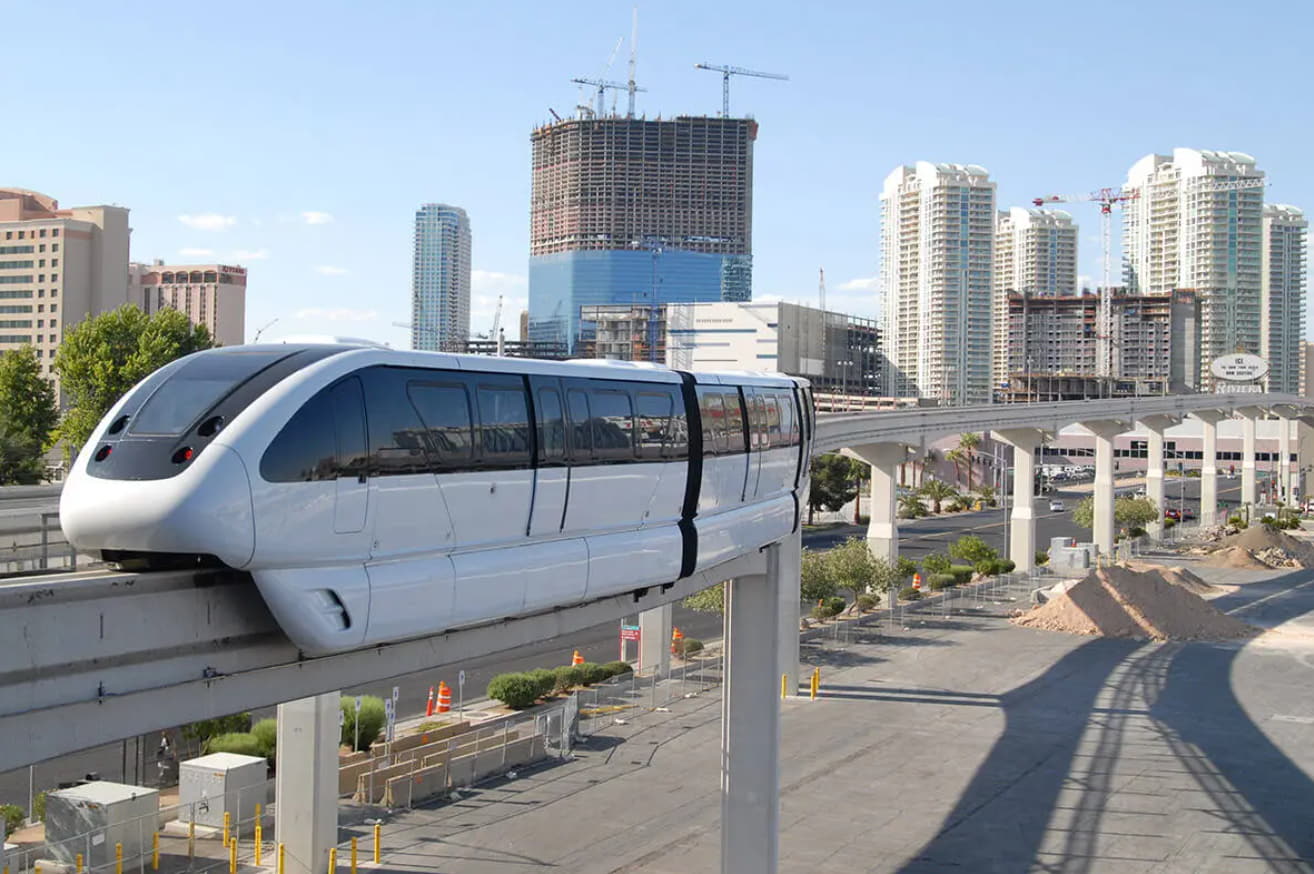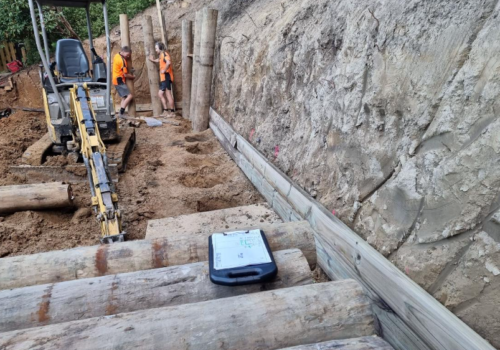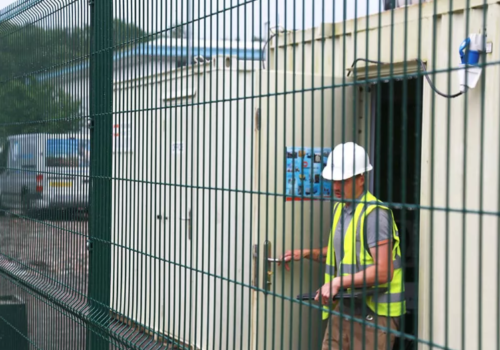A Deep Dive into Monorail System Technology
Monorails have always been a symbol of futuristic travel, conjuring images of seamless, elevated transportation systems gliding above bustling city streets. But beyond the sci-fi aesthetics, there’s an intricate world of technology that powers these fascinating vehicles. This blog post takes you on a journey, exploring the intricacies and marvels of monorail system technology.
The Core Concept
Unlike conventional rail systems with two parallel tracks, monorails operate on a single rail or beam. This design significantly reduces the footprint of the transportation system, making it an attractive option for densely populated urban environments.
Powering the Monorails: Propulsion Systems
The propulsion system is a crucial component that drives the monorail. Typically, electric motors are used to power monorails, providing a clean and efficient source of energy. These motors are often geared for optimal performance, ensuring smooth acceleration and deceleration while maintaining a consistent speed. The integration of advanced electronics allows for precise control over the motor’s operation, enhancing passenger comfort and safety.
Navigating the Track: Guideway and Switching
The guideway is the physical structure upon which the monorail runs, often elevated to avoid ground-level obstructions. It’s designed to provide stability, ensuring the monorail stays on its course while navigating turns and inclines.
Switching, the process of changing from one track to another, is a unique challenge in monorail systems due to the single rail design. Innovative solutions like movable sections of the guideway or pivoting track segments enable monorails to navigate complex networks while maintaining their streamlined design.
Ensuring Safety: Control and Monitoring Systems
Safety is paramount in any transportation system, and monorails are no exception. Modern monorail systems leverage sophisticated control and monitoring systems to ensure safe operations. These systems monitor various parameters like speed, position, and system health in real-time, allowing for immediate response to any potential issues.
In addition, advanced traffic management systems are used to coordinate the operation of multiple monorails on the same network, preventing collisions and ensuring smooth traffic flow.
Conclusion
The world of monorail system technology is a fascinating blend of engineering, innovation, and design. From the streamlined single rail concept to the intricate propulsion systems, guideways, and control systems, every aspect of the monorail’s design serves a purpose. As we look to the future, the potential for autonomous operation opens up exciting new possibilities, promising to take this already impressive mode of transport to new heights.





